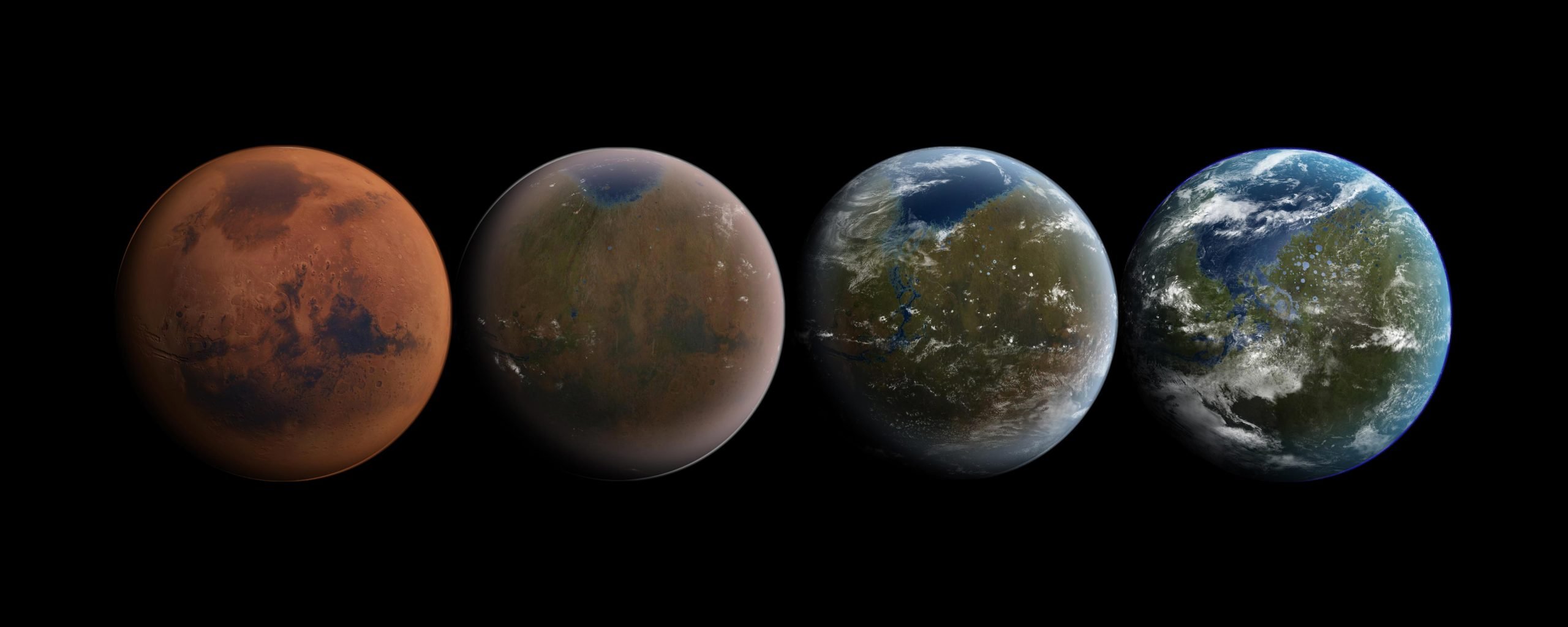The full moon descends as its sets at dawn behind the prehistoric Stonehenge monument in … [+]
A rare celestial event is set to be revealed this week at Stonehenge, the most famous megalithic structure in the world. It will be streamed live on YouTube at 21:30 BST (16:30 EST) on Friday, June 21.
The English monument’s alignment with sunrise on the summer solstice—which will take place this year on Thursday, June 20—is well known. However, something else is happening, too: one of its southernmost moonrises during a rare lunistice or “major lunar standstill.”
Maximum Tilts
As well as the sun rising in the northeast behind Stonehenge’s Heel Stone on the summer solstice date, moonrise later that day will also be keenly watched for the effect of the “major lunar standstill,” also called a lunistice. It occurs every 18.6 years, also known as a lunar cycle.
This rare event occurs when Earth and the moon are at their maximum tilts, leading to the moon rising and setting at the extremes of its range. It sees the moon rise and set at its most extreme northerly and southerly positions on the horizon.
Moonrise Alignments
According to English Heritage, the long axis of the rectangle formed by the four Station Stones orients to the direction of the southernmost moonrise at the major lunar standstill.
“Stonehenge’s architectural connection to the Sun is well known, but its link with the moon is less well understood,” said Professor Clive Ruggles, emeritus professor of archaeoastronomy at Leicester University. “The four Station Stones align with the moon’s extreme positions, and researchers have debated for years whether this was deliberate, and—if so—how this was achieved and what might have been its purpose.”
Earth rotates on an axis tilted by 23.4 degrees, so the sun rises and sets within a range of about 47 degrees throughout the year. The sun’s path through the sky is called the ecliptic. Since the moon’s orbit is tilted by 5.1 degrees relative to the ecliptic, it rises and sets within a 57-degree range in any given month.
Crescent moon over the ancient Stonehenge stone circle in Wiltshire, England
Extreme Points
The “Major Lunar Standstill is a tricky event to capture. The extreme points of moonrise don’t occur conveniently at full moon, for example, but randomly during all kinds of moon phases in 2024 and into 2025. The most extreme northernmost and southernmost moonrise and moonset points are close to the equinoxes, not the solstices, but this week sees a near-full moon rise on the solstice. It will be a far more dramatic example than, say, a crescent moon rising during the day.
Scientists will be at Stonehenge throughout the “standstill season” to photograph the moments when the moon is in alignment with the Station Stones. “Unlike the Sun, tracking the Moon’s extremes isn’t straightforward, requiring specific timing and weather conditions,” said Dr Amanda Chadburn at the University of Oxford’s Kellogg College. “We want to understand something of what it was like to experience these extreme moonrises and sets and to witness their visual effects on the stones—for example, patterns of light and shadow—and consider modern influences like traffic and trees, and to document all of this through photography for future study.”
Follow me on Twitter/X and Instagram.
Pick up my books Stargazing in 2024, A Stargazing Program For Beginners and When Is The Next Eclipse?
Wishing you clear skies and wide eyes.

Dr. Thomas Hughes is a UK-based scientist and science communicator who makes complex topics accessible to readers. His articles explore breakthroughs in various scientific disciplines, from space exploration to cutting-edge research.







